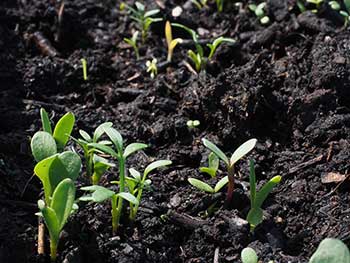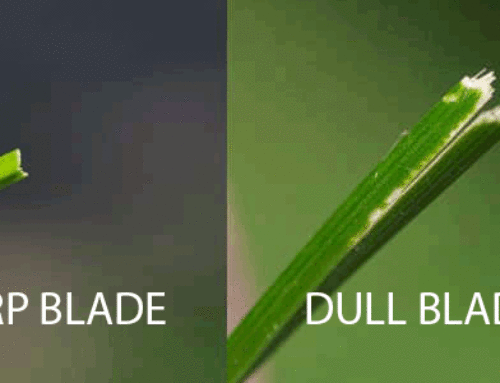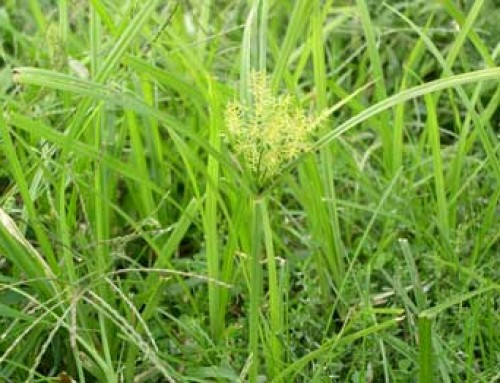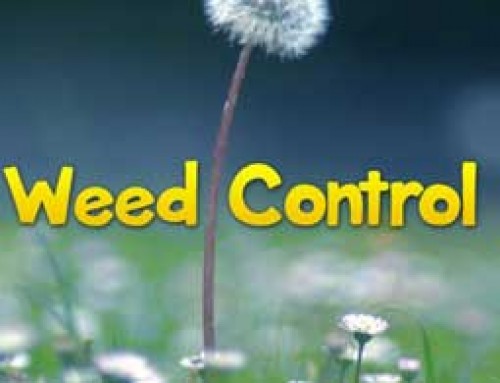It’s time to Apply Pre-Emergent in Beds
The first round of pre-emergent in flower, shrub, and vegetable gardens should be applied in March or early April but not before mulch is applied first. There are, however, exceptions to that generalization when you apply pre-emergent. Each year we see the same costly pre-emergent and mulch mistakes. Negative results can range from plants that do not thrive to plants that outright die.
The most common flower and shrub bed pre-emergent contains a product called “Triflurilan.” It is sold with various formulations, most with the “Preen” label on them. Like all pesticides, Preen’s label must be followed very carefully or damage to your plants and the environment may occur.
The following tips address the most common errors we see but, as always when using a pesticide, read and follow the entire label carefully:
- Crabgrass and foxtail are the two primary targets of your pre-emergent. For effective control the first application of Preen should be applied in March or early April with a follow-up treatment in about July.
- No pre-emergent will work well on bare ground. For best weed control, cover beds with 2-4 inches of mulch before applying pre-emergent. Follow immediately with a good watering.
- Apply Preen over the top of dry plants so the pre-emergent particles do not stick to flowers, leaves or stems. Follow the application with enough watering to wash product off of plants and into soil.
- Preen will prevent flower seeds from germinating, so apply it only to established flowers.
- Preen will prevent some vegetable seeds from germinating but not others. Read the label carefully before using it on your vegetable garden.
- More is not better. Always use the Preen family of products and other pesticides exactly as the label instructs.
If you have questions or would like assistance with your pre-emergent, do not hesitate to call Martz Bros. Lawn & Tree Care at (913)789-9333 or Contact Us Online.






